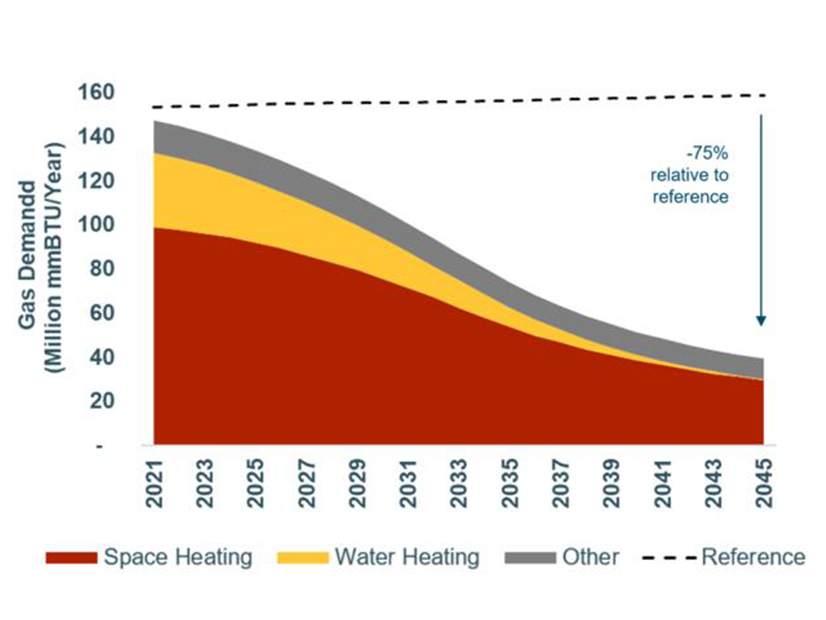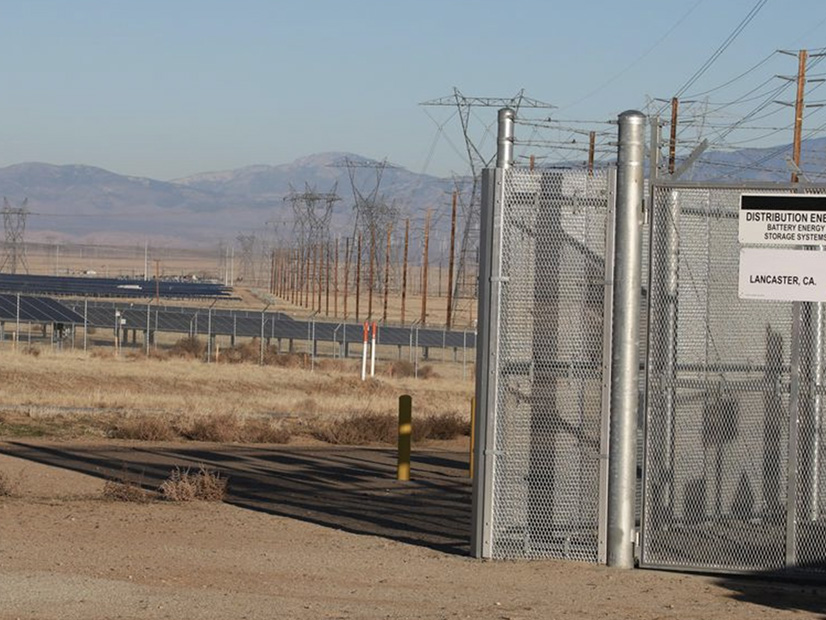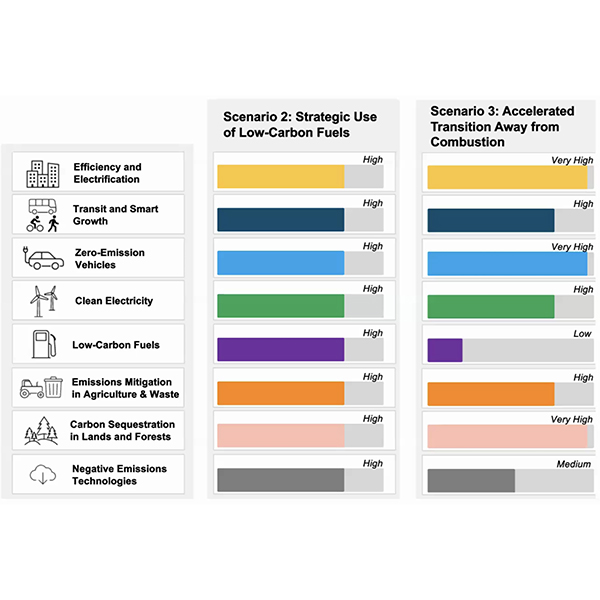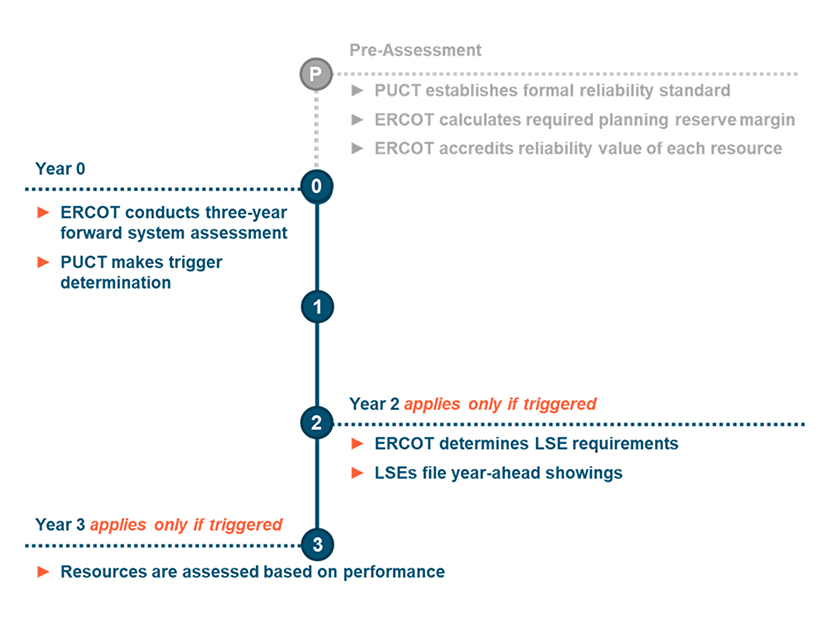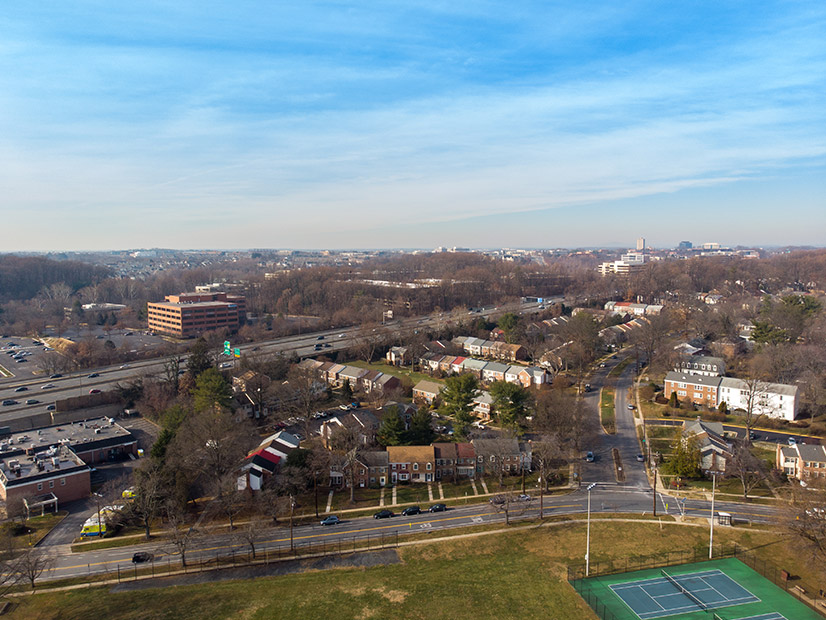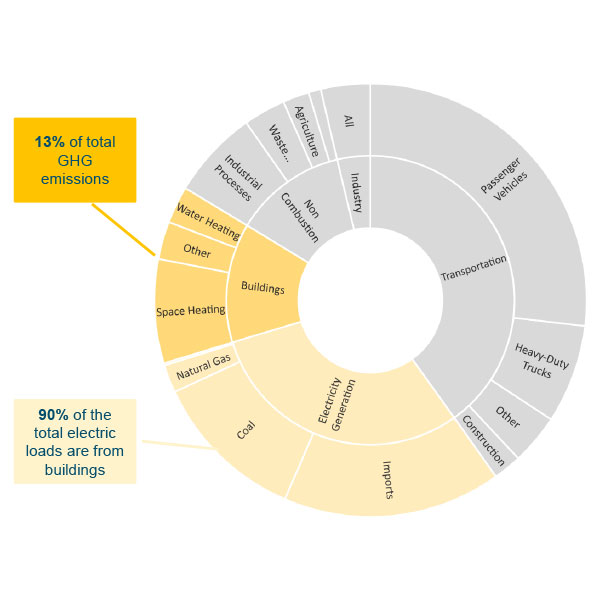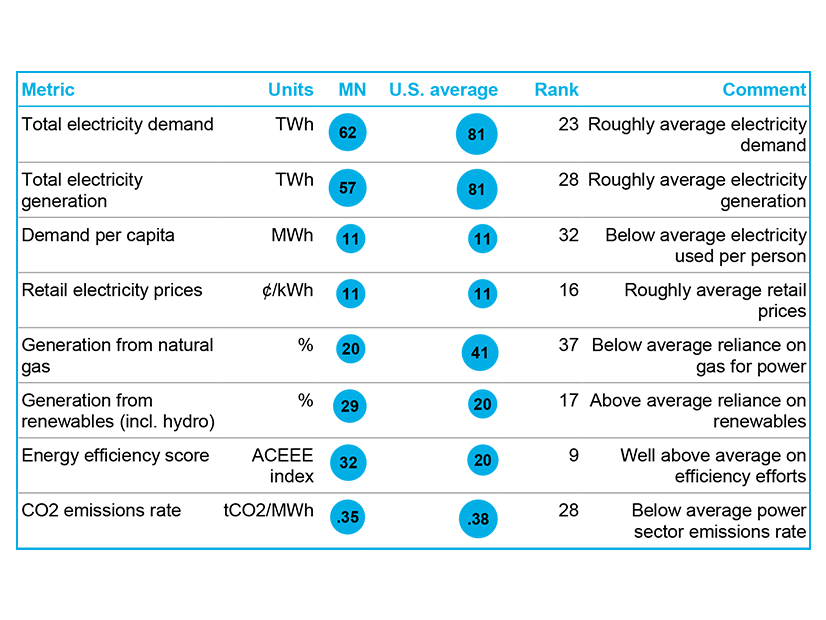Energy and Environmental Economics (E3)
NYISO plans to bring most employees back to the headquarters building Nov. 1st and resume holding in-person stakeholder meetings on Nov. 17.
A Maryland Climate Change Commission working group recommends ordering the state's Building Code Administration to adopt an all-electric construction code.
Panelists at a FERC technical conference on energy and ancillary services markets agreed that rules should be changed to incent new resource types.
The New York State Climate Action Council discussed an integration analysis toward shaping its final scoping plan by year-end to reach goals outlined in the CLCPA.
A new white paper proposes creating an LSE Reliability Obligation in ERCOT that would assign Texas utilities a certain amount of capacity to maintain.
Managed-charging strategies emerge as incentives intended to encourage EV owners to charge during off-peak hours create late-night surges in power use.
OurEnergyPolicy brought in experts on both sides of the debate to discuss the benefits and drawbacks of adopting a national clean energy standard.
Maryland is looking at challenges of different pathways to building decarbonization, while Montgomery County explores solutions in energy performance standards.
Maryland has several “feasible pathways” to eliminate greenhouse gas emissions from its buildings by 2045, according to a study presented to stakeholders.
Renewable energy became the largest source of electricity in Minnesota in 2020 at 29%, BloombergNEF reported last week.
Want more? Advanced Search

